Naturally, as pet parents, you want to know what food is best for your precious dogs.
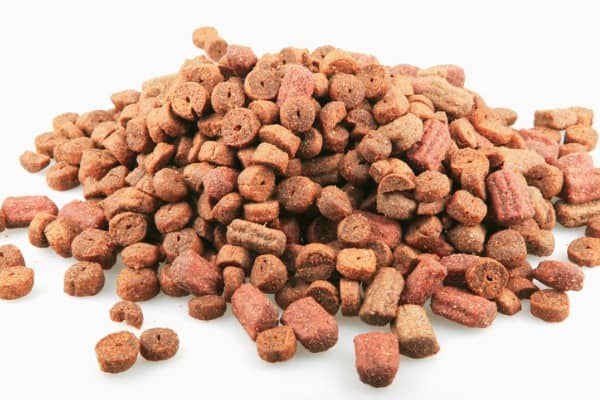
Just walk down your local grocery aisle, and there is a myriad of dog food, all promising to be the best on the market.
With so many choices out there, how does one know where to begin?
The truth is, sometimes, the answer to this doesn’t lie in a bright and colorful, prepackaged bag.
There are many reasons why raw food diets for dogs are gaining in popularity.
Defining a Raw Food Diet

What is a raw food diet for dogs exactly? The answer lies in the not-so-lovely acronym, BARF.
Coined by Australian veterinarian Ian Billinghurst, BARF stands for ‘bones and raw food.’
This diet was modeled upon what canines ate before they became domesticated.
In the wild, dogs consume bones, meat, skin, organs, stomach contents, and many other random parts.
They may also feed on grasses, berries, herbs, fruits, and berries.
Essentially, if your goal is to follow the BARF diet, you can’t feed your dog any processed or cooked food.
Fed for many years to racing greyhounds and sled dogs, here is what you feed your dog when they are on the raw dog food diet:
- Muscle Meat, which can still be on the bone
- Whole or ground bones
- Livers, kidneys, or other organ meats
- Raw eggs
- Broccoli, spinach, celery, and other vegetables
- Apples and other fruits
- Yogurt and some other dairy
Defining Commercial Dog Food
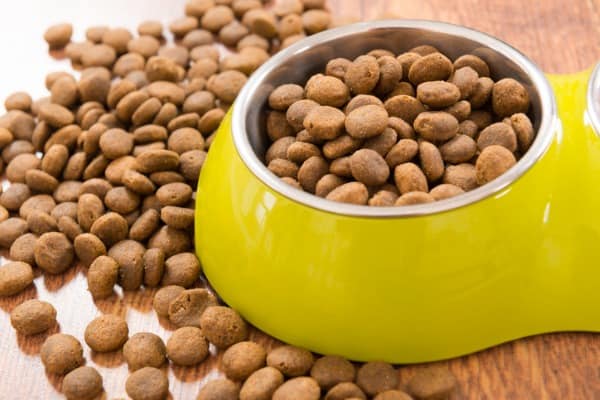
Now that we have defined exactly what a raw dog food diet is let’s identify what “commercial” dog food is.
Essentially, commercial dog food is what you will find when you walk down the aisle at your local grocery store.
Commercial dog food may be canned or kibble.
It may come in a small can or a large bag of kibble that is so large that it can barely be lifted into your cart.
What ingredients are in commercial dog food?
Specific ingredients do vary from brand to brand, but the overall picture is not good.
Most dry pet food consists of a blend of byproducts and poor-quality meats, synthetic vitamins, and minerals.
In addition to this, you may also find high-glycemic ingredients such as genetically engineered wheat, corn, rice, and potato.
As far as more specific ingredients that go into commercial pet food, we will touch on that in a bit.
The Advantages of Commercial Dog Food
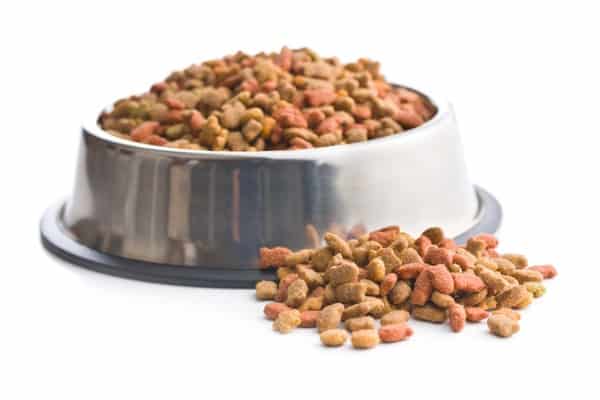
Logically, the main advantage of commercial dog food is the convenience factor.
Nothing is easier than just picking up a bag of kibble at your grocery, or better yet, ordering it online and having it delivered straight to your door.
Many people like having a great big bag of kibble so that they don’t have to worry about buying dog food regularly.
When it is chow time, all you have to do is scoop out a pre-measured amount into your dog’s bowl, and you are good to go.
Virtually no preparation of any kind is required.
Another plus of buying commercial dog food is the cost.
Buying commercially-made dog food is going to be significantly cheaper than putting your dog on a raw food diet.
For example, for a dog that weighs about 30 pounds, you can expect to spend about a dollar a day feeding them kibble.
On the other hand, if your dog is on the (BARF) raw food diet, it will cost you anywhere from $2.50 to $5.00 per day.
This significant difference is enough for many people to be able to afford to feed their dogs a raw diet.
Most kibble is formulated to meet a dog’s basic nutritional requirements regarding protein, vitamins, and minerals.
Those who aren’t in agreement with the BARF diet say that it does not represent a balanced diet, such as presented by commercial pet foods.
Such as it is with many things in life, it depends on which expert you ask.
Proponents of the raw food diet claim that it is more beneficial to dogs than them eating processed foods.
Disadvantages of Commercial Dog Food
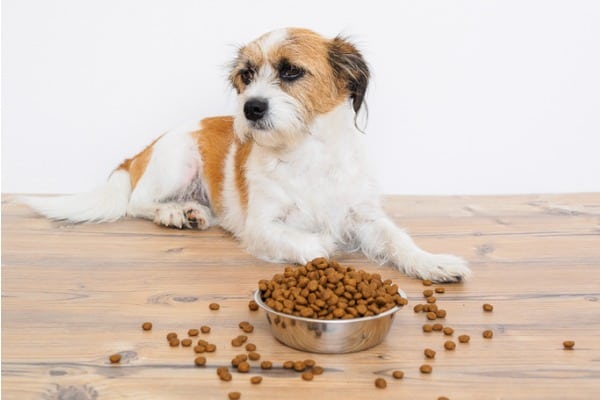
Dr. Karen Shaw Becker of Mercola warns of many reasons why commercial pet foods should be avoided.
Firstly, she warns that as soon as you open up a bag of kibble, important dietary fats in the food begin to go rancid.
She says that because kibble is processed multiple times at extremely high temperatures, essentially all of the nutrition that was once present in the food is no longer there.
This is why the final step involves spraying on a vitamin spray to make the food more nutritious.
Many dog food commercials would have you believe that their protein-rich dog food is made only from the freshest cuts of steak, from the pictures on their package.
The truth is they are made with ingredients that have been rejected by the human food industry, which are known as “feed-grade.”
These ingredients may include the hide, udders, digestive system, and bones.
According to Becker, they may also use the carcasses of diseased animals, among other unmentionable disgusting ingredients.
A Word About Salmonella
You might often hear about recalls on pet foods due to salmonella poisoning.
This is something that can happen with commercially-made pet food.
However, don’t think if your dog is on the raw food diet that, you can escape the risk of salmonella poisoning.
In fact, there is likely even more of a risk of it due to the bacteria present in the raw meat.
The concern is that there is a bigger risk from this bacterium in the raw meat, more so than the dog getting salmonella poisoning from commercial pet food in a factory.
Another potential risk to talk about with the dog eating raw meat and bones is that the bone could splinter and cause an internal puncture or possibly choke the dog or break teeth.
Advantages of the Raw Food Diet
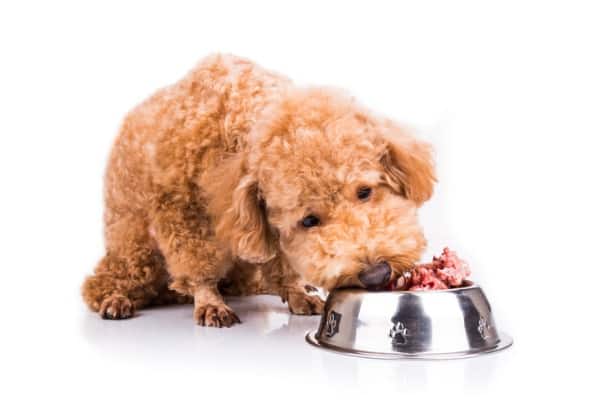
Now that we have talked about all of the negatives and possible risks let’s touch on how the BARF or raw food diet can positively affect your dog.
- Shinier Coat
- Healthier Skin
- Cleaner Teeth
- Improved Digestion
- Smaller, Firmer Stools
Conclusion
In looking at the pros and cons of commercial food vs. raw food, which one comes out on top?
The truth is, it depends on the dog and its owner.
There is no diet that suits all dogs, just as there is no diet that suits all humans.
As always, perhaps the best thing that you can do is talk to a trusted friend, which should be your pet’s veterinarian.
